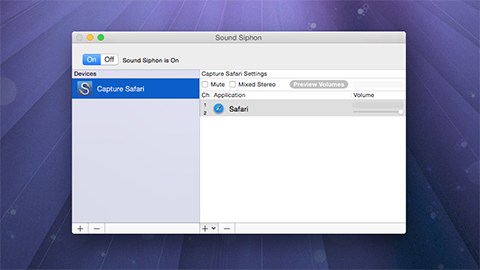
Therefore, this study aims at testing ground penetrating radar (GPR) to identify soil pipes and to present the complexity of soil pipe networks.

However, the detection of soil pipes is still a methodological challenge. Soil piping leads to land degradation in almost all morphoclimatic regions. The present study has shown both theoretical significance and application value in the field of defect detection and recognition. Meanwhile, it can also eliminate the interference of functional parts such as lateral connections during the identification process, thereby improving the identification accuracy. As the experimental results demonstrate, the proposed method is capable of determining the degree of blockage effectively in the running state. Finally, the root mean square entropy (RMSE) was calculated to constitute the feature eigenvectors, which were input into Random Forests (RF) classifier for defect identification of pipeline. Meanwhile, sound pressure level conversion was performed on the selected components to amplify any changes in the sound field. Next, information gain (IG) was introduced to characterize the 12 components quantitatively, through which the components containing rich information about the pipe conditions were selected out. Acoustic impulse response signals were obtained by deconvolving the output signals of the system, which were then subjected to VMD to obtain 12 components in different frequency ranges. Targeting the challenge of determining the degree of blockage in buried pipelines and the difficulty of effectively extracting blockage features, a blockage detection method integrating variational mode decomposition (VMD) and information gain is proposed. The findings can be used to precisely interpret the recorded signals for structural health monitoring and locating underground structures, especially in a media with multilayer soil structures. When changing the tunnel buried depth and the lining concrete type, multiple pressure peaks are observed in reflected acoustic wave pressure–time history exclusive to a tunnel surrounded by a multilayer soil structure. The results indicate that in a multilayer soil structure, the relative position of the soil layers and the tunnel (whether the main tunnel or the utility line) significantly impacts the acoustic pressure value, particularly the transmitted wave pressure. In addition, a utility line is introduced to the system in different positions related to the main tunnel to investigate its effect on the main tunnel’s acoustic wave behavior. The reflected and transmitted waves' pressure values are measured to evaluate the effects of mechanical characteristics of soil layers, tunnel buried depths, and lining concrete types on the acoustic wave behavior of the tunnel.
#SOUND SIPHON DEMO FREE#
A free air explosion is used as the acoustic wave source. The tunnel system's 3D finite element model is presented, which contains the tunnel lining, surrounding soil, and the air inside the tunnel and at the ground surface. The reflected and transmitted acoustic wave pressure variations are investigated exclusively for a multilayer soil buried tunnel. This research focuses on the acoustic behavior of buried tunnels in multilayer soil structures. Understanding the acoustic behavior of buried tunnels is valuable for locating them and monitoring their structure health. Therefore, this research has value for engineering applications. The results demonstrate that the proposed acoustic-based approach can effectively classify the blockage and damage conditions of siphons, and the recognition accuracy of the proposed method is higher than 94.4%. The acoustic energy flux density eigenvectors were input to three different classifiers to classify the siphon conditions. The variational mode decomposition (VMD) and the acoustic energy flow density were used for signal processing and feature extraction. Acoustic signals were recorded and transformed into acoustic pressure responses for further analysis.
#SOUND SIPHON DEMO SERIES#
Seven typical conditions of a water-filled underground siphon were investigated, and a series of experiments were conducted. The acoustic wave forms in the siphons reflect on the system characteristics.

The proposed method has the advantages of simpler operation, lower cost, and higher detection efficiency. In this paper, a novel condition classification method for water-filled underground siphons is proposed, which uses the acoustic signals received from acoustic sensors installed in the siphon.


However, it is difficult to implement non-destructive testing due to structural complexity and limited accessibility. Siphons have been widely used in water supply systems and sewage networks.


 0 kommentar(er)
0 kommentar(er)
